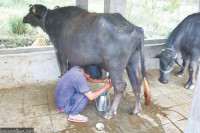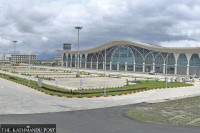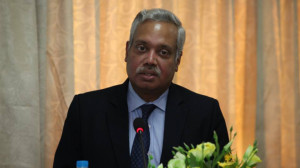National
Five things to know about the cholera outbreak in Birgunj
The Post brings you key updates on the outbreak.
Post Report
1. Deaths and infections: The outbreak has claimed three lives, with all three patients brought dead to hospitals. Rapid tests have confirmed 93 cholera cases, while over 300 people have sought treatment across various health facilities. Many patients are in serious condition, with more than two dozen receiving intensive care.
2. Affected areas: Cases have been reported from wards 3, 11, 12, 13, and 16 of Birgunj Metropolitan City. Narayani Hospital and Terai Hospital have each confirmed 32 cases, and National Medical College has reported 12. Other hospitals, including Bhawani Hospital, Birgunj Health Care, and Mangalam Pathology, have also treated patients.
3. Cause and contributing factors: Health officials link the outbreak to contaminated drinking water, poor sanitation, and prolonged water scarcity caused by drought. Recurring diarrheal outbreaks are often tied to unsafe water sources, inadequate hygiene, and insufficient sanitation infrastructure.
4. Severity of the disease: Cholera is highly infectious, causing severe diarrhoea and vomiting, which can result in dehydration and death within hours if untreated. Experts emphasise that patients cannot manage the disease at home and must seek hospital care immediately.
5. Public health implications: Experts say the outbreak exposes gaps in the government’s preparedness and response. Awareness campaigns, proper water and sanitation management, and early treatment are critical. They note that this is the largest cholera outbreak in the country since the Jajarkot outbreak, highlighting long-standing neglect of hygiene and water safety issues.




 6.12°C Kathmandu
6.12°C Kathmandu














